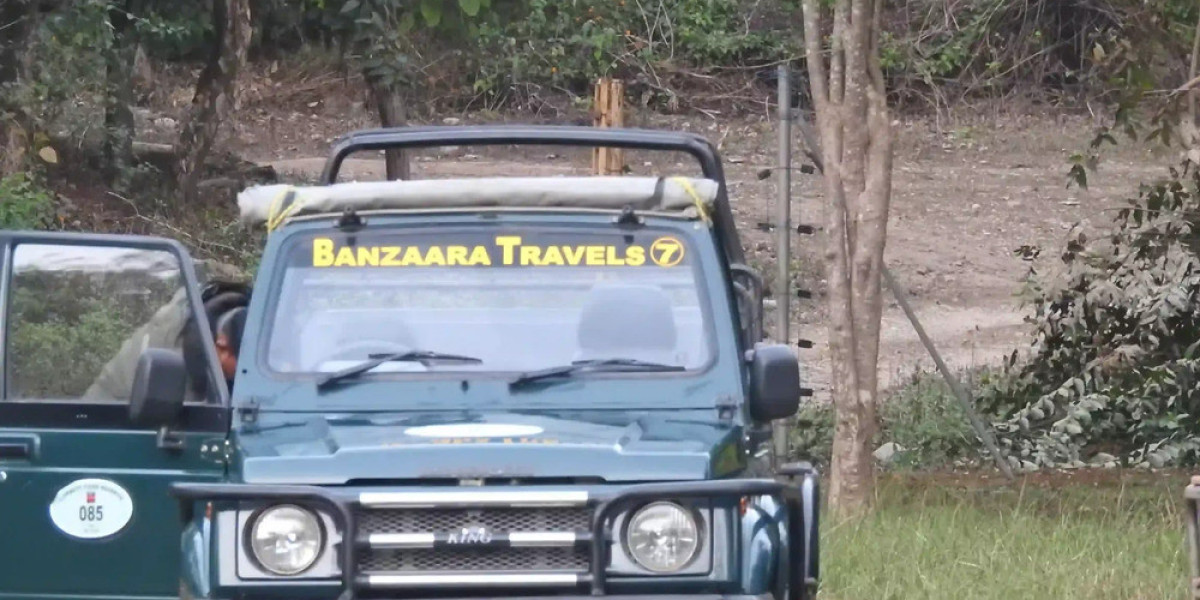Capturing the essence of Jim Corbett National Park through your lens is a thrilling challenge for any wildlife photographer. With its diverse wildlife and stunning landscapes, the park offers endless opportunities for remarkable photos. To help you make the most of your photography adventure, here’s a comprehensive guide to mastering wildlife photography in Jim Corbett National Park.
Understand the Terrain and Wildlife
Jim Corbett National Park’s varied landscapes—from dense forests to open grasslands—offer different photographic opportunities. Understanding the park’s terrain and its inhabitants is crucial:
- Study the Park: Familiarize yourself with the park’s zones, such as Dhikala, Bijrani, and Jhirna, each offering unique environments and wildlife sightings.
- Wildlife Behavior: Learn about the behaviors and habitats of key species like Bengal tigers, elephants, leopards, and birds. Knowing their patterns helps in anticipating their movements.
Essential Gear for Wildlife Photography
Having the right equipment is fundamental for capturing high-quality wildlife images:
- Camera: Use a DSLR or mirrorless camera with fast autofocus and high-resolution capabilities.
- Lenses: A telephoto lens (300mm or more) is ideal for close-ups of distant animals, while a wide-angle lens is useful for capturing broader scenes.
- Tripod/Monopod: Stabilize your shots, especially in low light or when using long lenses.
- Extras: Carry extra batteries, memory cards, and a lens cleaning kit to ensure you’re always prepared.
Technical Tips for Perfect Shots
Mastering your camera’s settings will help you capture stunning wildlife photos:
- Aperture: Use a wide aperture (f/2.8 to f/5.6) to achieve a shallow depth of field, focusing on your subject while blurring the background.
- Shutter Speed: Fast shutter speeds (1/1000 or faster) freeze the action. Adjust according to the movement of the subject.
- ISO: Increase ISO for better performance in low light, but be mindful of noise. Use the lowest ISO possible for clarity.
- Focus: Employ continuous autofocus (AI-Servo for Canon, AF-C for Nikon) to track moving animals.
Composition Techniques for Impactful Photos
Effective composition can elevate your wildlife photography:
- Rule of Thirds: Place your subject off-center for a more engaging composition.
- Leading Lines: Use natural lines to draw the viewer’s eye towards the subject.
- Framing: Frame your subject with elements like branches or leaves to create depth and context.
Patience and Persistence
Wildlife photography demands patience and persistence:
- Wait for the Moment: Be prepared to spend time waiting for the perfect shot. Wildlife behavior can be unpredictable.
- Respect Wildlife: Keep a safe distance and avoid disturbing the animals. Patience and respect ensure a more rewarding experience for both you and the wildlife.
Lighting and Timing
Lighting plays a crucial role in wildlife photography:
- Golden Hours: Shoot during the early morning or late afternoon for the best light. The soft, warm tones during these times enhance your photos.
- Overcast Conditions: Cloudy days provide even lighting, reducing harsh shadows and highlights.
Utilize Local Expertise
Leverage the knowledge of local guides and park experts:
- Guides: Local guides are invaluable for finding wildlife and providing insights into their behavior. They can help you navigate the park and spot rare animals.
- Community Insights: Engage with local communities to learn about the latest wildlife sightings and photography tips.
Post-Processing for Enhancing Images
Enhance your photos with post-processing to bring out the best in your shots:
- Editing Software: Use tools like Adobe Lightroom or Photoshop to adjust exposure, contrast, and color balance.
- Cropping and Alignment: Crop images to improve composition and remove distractions. Ensure your horizon is level.
- Noise Reduction: Apply noise reduction techniques for cleaner images, especially if shooting at high ISO settings.
Personal Insights and Stories
During my last visit to Jim Corbett, I had an unforgettable encounter with a pair of leopards playfully interacting in the undergrowth. Patience and the right settings allowed me to capture this rare moment. One key takeaway: always be ready and stay alert to capture fleeting wildlife moments. Book your Jim Corbett safari now for an unforgettable adventure in the heart of wildlife!
Conclusion
Wildlife photography in Jim Corbett National Park is a rewarding adventure that requires preparation, skill, and patience. By understanding the park’s wildlife, mastering your gear, and respecting the environment, you can create stunning photographs that showcase the beauty of this incredible destination. For a seamless experience, consider enlisting the help of experts like Banzaara Travels, who can guide you to the best spots and provide valuable insights.
Get ready to explore, capture, and celebrate the wildlife wonders of Jim Corbett National Park!








